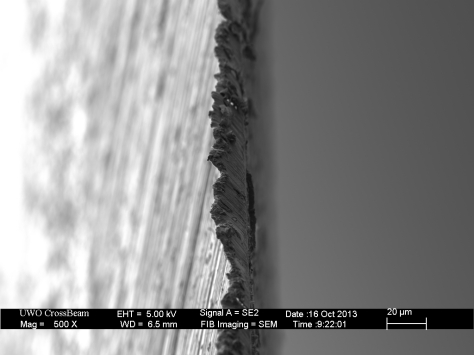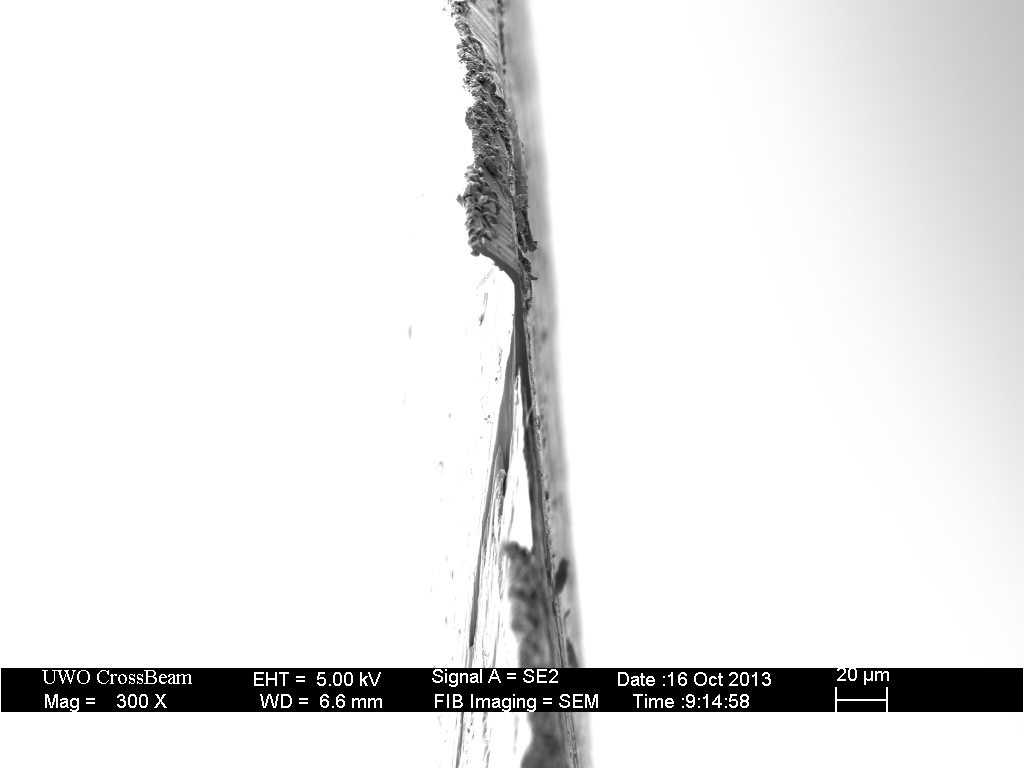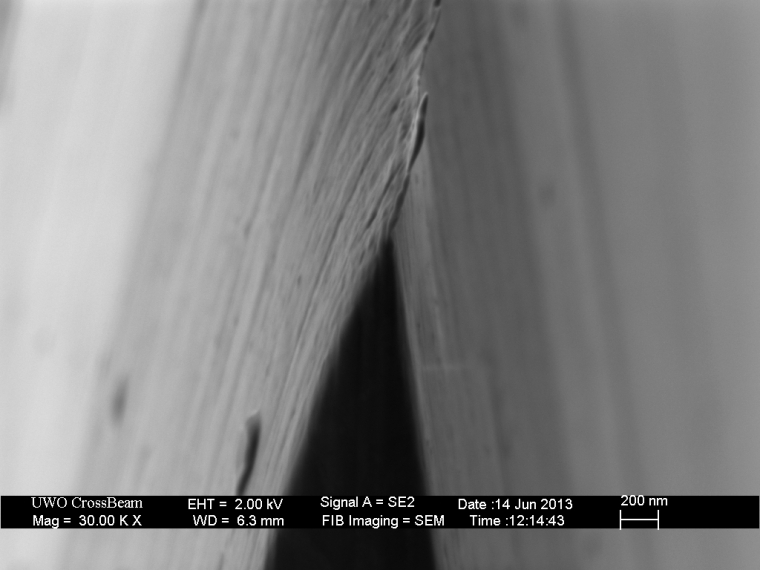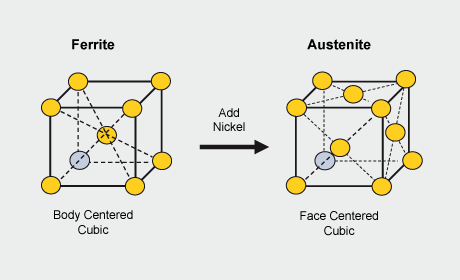I'm not aware of a single person sharpening the cutters from their outer side to the inner.
Well what can I say? Now you have been informed. I routinely file front to back, inside to outside... Whichever is most convenient for where I am at and which saw & chain I am filing.
Now since this method has never come to your attention, here is the difference, and I will use your terminology. When you file from inside to outside, the file does not cut off the last tiny portions of the cutter, and it leaves a burr. ALWAYS. This tiny burr really isn't of much importance, and quickly comes off moments after you begin cutting the wood. The formation of a burr is more prominent when grinding with a wheel "from inside to outside". This will be the left side cutters if using an Oregon chain grinder with a one directional motor.
Now file "outside to inside" and you will find that the stroke is a bit more aggressive in removing the metal, it leaves no burr, and it also has a tendency to chatter if you don't hold the cutter better. Being a bit more aggressive while filing in that direction, you can work faster with less pressure, although you will still work harder with your off hand holding the chain better. It also leaves a sharper edge with no burrs.
Now you'll find thousands of folks to argue with me, but that that doesn't make 'em right. Perhaps this thread will introduce you to plenty of other folks that are "doing it backwards". Myself, I can't tell you what % of the entire world of chain filers adhere to your standard. Most, probably.
You quoted material from a sharpening website. Go back to how your razors, microtomes, or even pocket knives are sharpened: the sharpe edge is created by pushing into the stone with a slicing action. Doing it backwards still leaves a burr.
And if that isn't a convincing argument, just watch the rest of this video. Notice the filing direction.
Like I said: now you aware of at least a single person that does it that way.
BTW: I believe the reason all the chainsaw companies are telling you to stroke your file to the front of the bar is so that you are less likely to slip off the tooth, fly into the cutting edge and cut your hand to ribbons on the exposed cutting edges. It's a safety consideration more than it is a "how to get it sharp" issue.












